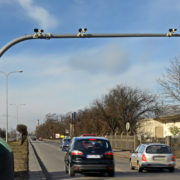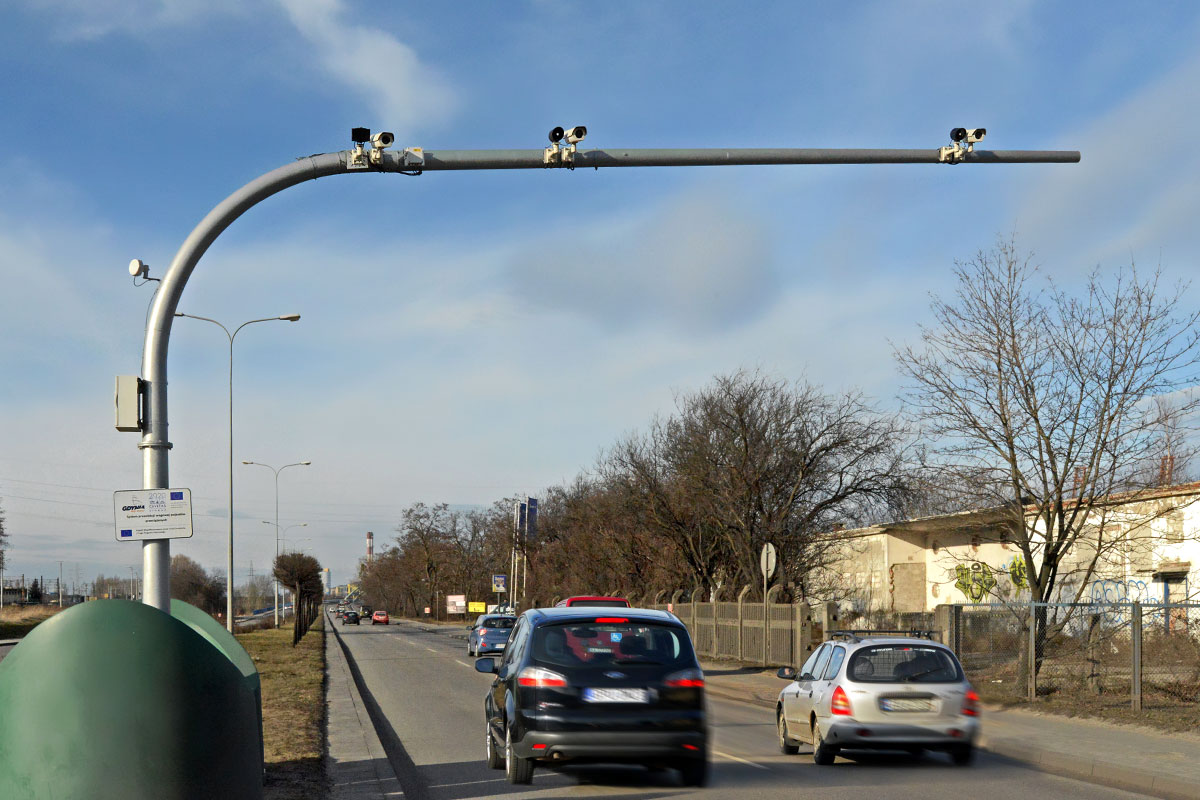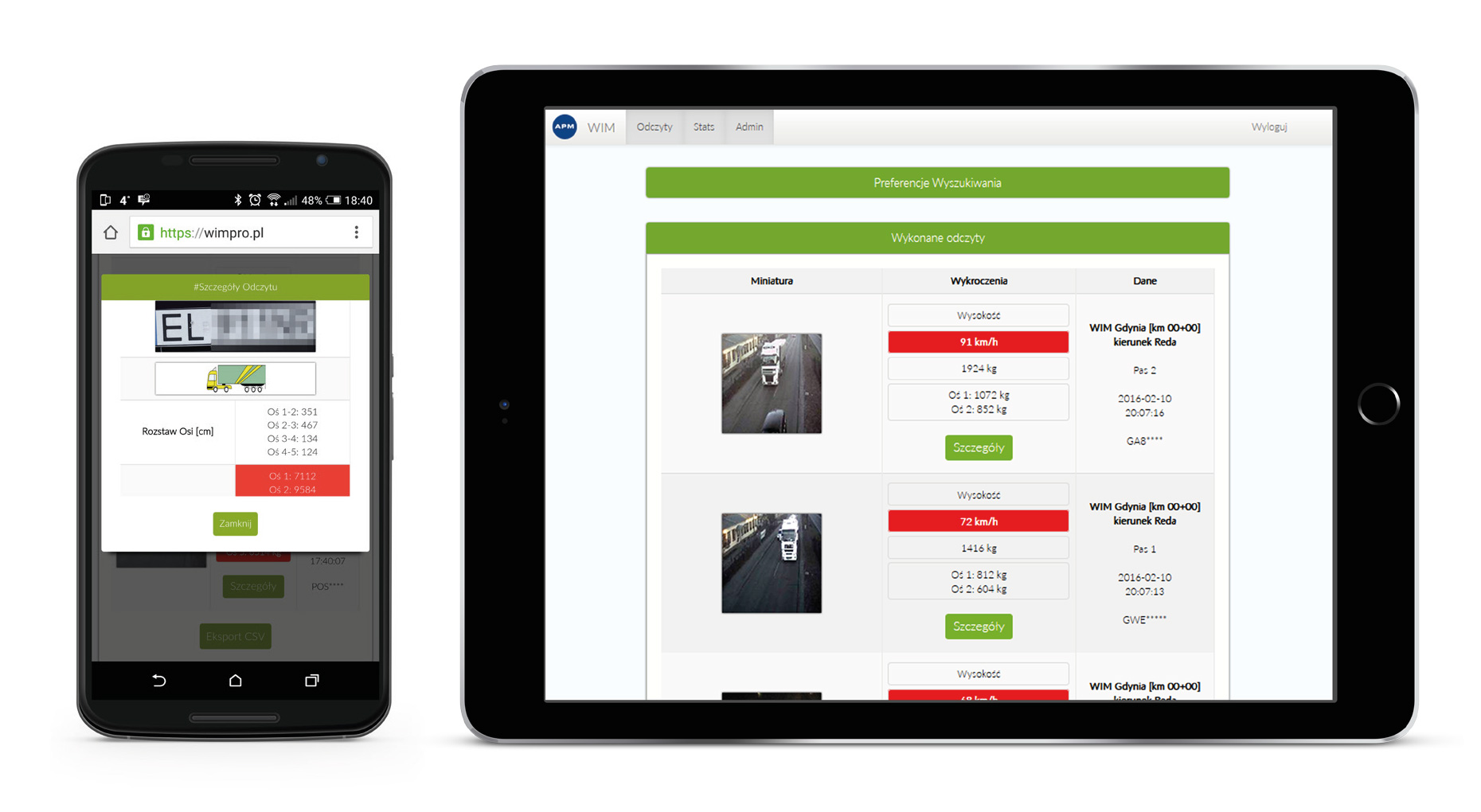APM PRO company designed and introduced on the market the next generation of WIM-PRO Weigh in Motion system
Problem of road degradation caused by overloaded vehicles and their negative impact on the safety level of road traffic is an issue that still requires more efficient solutions. Understanding this need, the APM PRO company designed and introduced on the market the next generation of WIM-PRO Weigh in Motion system using Intercomp Co. unique technology of weighing in motion. Sensor created with the use of strain gauges allows a safe, cost effective and almost non-invasive measurement of vehicles weigh at high speeds, while precision and temperature stability characteristic for strain gauges.
Sensors have successfully undergone all tests performed by MnROAD laboratory (Albetville, Minnessota, USA). Data gathered during them were very precise. Because other type of sensors was tested simultaneously, (e.g. high quality quartz sensors) a direct comparison of the results was possible. One of conclusions is statement that strain gauge sensors set new standard for weigh in motion systems at high speed. Strain gauge sensors show lack of temperature sensitivity, thus maintaining precision of measurement regardless of temperature. Thanks to compact construction they are resistant to mechanical damages caused by passing vehicles, e.g. when the surface is unstable.
Strain gauges measure dynamic and static loads. Due to very high stability of parameters over time they seldom need calibration. Moreover, in some cases calibration may be performed by static loads, instead of dynamic, thus significantly lowering exploitation costs.
WIM PRO weigh in motion system, thanks to unique architecture and modular construction, is open for any hardware configuration. It allows to use particular components when modernizing weigh in motion station, significantly lowering implementation costs of modern measurement technology.
Graphical user interface is fitted for work with mobile devices. This gives huge freedom for monitoring entities, data about overloaded vehicles can be read on PC, tablet or smartphone.





